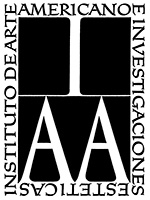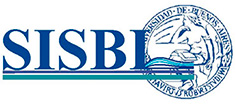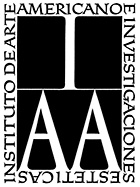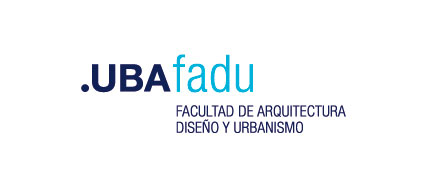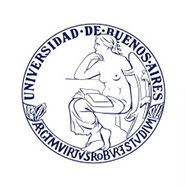Instituto de Arte Americano e
Investigaciones Estéticas
"Mario J. Buschiazzo"
From “orchard city” to “boutique village”: Territory, heritage and tourism in Purmamarca, 1991-2014
Keywords:
Pumamarca, heritage, territorial transformations, urban heritage, turismSynopsis
In the 1960s Purmamarca a town located in the province of Jujuy, Argentina used to be visualized as a "marginal" and "hidden" town in relation to the structuring axis of the Quebrada (Qº) of Humahuaca which is conformed by the National Route 9 and the -now deactivated- General Belgrano National Railway. Reason why it was preserved from tourism -compared to other centers in that region-. In 1971, Municipal Ordinance Nº 006 designated the town of Purmamarca and its surrounding areas as a tourist reserve sector. It was proposed that the “orchard city” order was to be maintained. With the beginning of the XXI century this "marginal", "hidden" and “orchard city” became one of the epicenters of tourism in the province of Jujuy and was characterized as a “boutique village”. At the same time, the Qº de Humahuaca was declared Heritage of Humanity by UNESCO (2003).
How was the territorial transformation process that led Purmamarca from being a "marginal", "hidden" and “orchard city” to be identified as a connected iconic “boutique village” of the Qº of Humahuaca? This book seeks to answer this question by examining the material and symbolic transformations that are manifested within a context of patrimonialisation and touristification of the Qº de Humahuaca. On the one hand, regional dynamics which illuminate the relations of the global to the local and the collision between the communal, municipal, provincial, national and international were analyzed. On the other hand, the variations and alternatives of the architectures and urbanism in Purmamarca were studied in this transition from “orchard city” to “boutique village”.
Patrimonialization starts when you select an element or event to give it value. This activation occurs in a scenario of negotiations involving power relations between different social actors from which a whole set of objects only some of it is granted legitimacy. Touristification refers to the production process of a tourist destination through symbolic and material practices. However, patrimonialisation consists of an instance of symbolic valuation and an economic valuation that results from the actions promoted by tourism in relation to heritage considered as a resource. Thus, both processes are mutually reconstructed, tourism gives legitimacy to the heritage, while it merchandising and, paradoxically, puts at risk the assets to preserve and the habitants of that territory.
Purmamarca was constructed as a case study that allows to analyze in depth its significant characteristics. This is an exploratory case which enables a qualitative approach. The paradoxes and contradictions surrounding these processes are at the center of several debates, and the changes of the new generation challenge the knowledge and methodologies of different disciplines. In relation to the latter, several strategies were proposed methodologically. An observation, survey and intentional and interpretative drawings were made, which were enriched with other sources in order to get to know the cultural context and the social structure that has produced and has been affected by the territorial transformations. In order to define the temporal cut, to know how Purmamarca was and how it changed, 1991 was taken as a starting point - coincident with the map drawn up under the census of that year -, prior to its touristification and patrimonialisation. The cycle was closed in 2014 when the field survey was completed. While this is the privileged temporal cut scale of the study, the longer temporalities required to account for certain processes that allow the recent changes to be restored from a historical perspective were not ignored.
From this research work it was observed that Purmamarca became one of the privileged destinations of the region and a significant landmark within the UNESCO heritage. There it was concentrating infrastructure to receive the visitors and went dismantling its rural landscape. Throughout this process, they were displaced from Purmamarca and settled in two new places that were created and constituted after the declaration of the UNESCO. This material process was accompanied by symbolic changes, such as the formation of Cerro de Siete Colores de Purmamarca as one of the emblematic landscapes of the Q° of Humahuaca, Jujuy and Argentina. In relation to these new representations, a new generation of tourist facilities destined to a segment of the market with high purchasing power led Purmamarca to be characterized as a boutique town. In these changes is present the tension that arises between tourism and heritage. The good to be preserved for its heritage value is materially and symbolically transformed in order to receive the visitors that go there to know the authentic heritage.
Downloads

Downloads
Published
Series
Online ISSN
License

This work is licensed under a Creative Commons Attribution-NonCommercial-ShareAlike 4.0 International License.

